The new RES Act leaves out the provision on “full quality wood” intended only for industrial processing. Rather, it introduces and defines the term of energy wood as a wood raw material, which due to quality, dimensions and physical and chemical properties is characterized by a lowered technical and usable value, which prevents its industrial use. The new wording automatically brings about the question how the new regulations may affect the wood market.
The forest assortment included into the category of energy (substandard) wood under the previous Act comprised firewood S4 and smallwood M1 and M2. Other assortments of wood, regardless of numerous conditions, could not be used for purposes of energy generation in industrial power sector. Wood as a product of complex biological processes is characterized by a large variability, resulting from its grade, age, growth conditions and the impact of many external factors. However, the technical conditions applicable to individual assortments leave a space where the wood is no longer firewood – S4, but for various reasons does not meet yet the conditions of industrial wood – S2a. When executing a planned wood removal, both as part of intermediate felling and final felling, this issue is of lesser importance, as the “expanse” of technical requirements is sufficient to categorize wood appropriately, according to the adopted quality and size standards. The situation gets complicated when we are dealing with incidental felling. These mainly provide for post-disaster wood. Natural disasters in forestry, caused by gale-force winds, abundant precipitations of wet snow, fire, drought, floods or biotic factors are natural and commonly known phenomena.
Table. Volume of incidental felling (deadwood, windbroken, windthrown trees) compared to the volume of annual prescribed cut by volume (Main Statistical Office 2015)
| Specification | 2005 | 2006 | 2007 | 2008 | 2009 | 2010 | 2011 | 2012 | 2013 | 2014 |
| Annual size of removal in thousand of m3 | 28,164 | 28,700 | 32,314 | 30,695 | 31,188 | 31,882 | 32,789 | 33,212 | 34,149 | 35,686 |
| including deadwood, windbroken, windthrown trees in thousand of m3 | 5831 | 5704 | 11,906 | 7531 | 5354 | 5686 | 5445 | 4967 | 3804 | 4816 |
| in % | 20.70 | 19.87 | 36.84 | 24.53 | 17.14 | 17.83 | 16.62 | 14.96 | 11.13 | 13.42 |
| including firewood – in thousand m3 | 1845 | 2418 | 3156 | |||||||
| in % | 6.55 | 7.58 | 8.84 | |||||||
| including small firewood | ||||||||||
| in thousand of m3 | 1305 | 1398 | 1647 | |||||||
| in % | 4.63 | 4.38 | 4.62 |
Post-disaster wood
Over the last quarter of a century both the frequency and the extent of natural disasters in European and Polish forestry have been very high and significantly affected forestry and wood management. During this period the forest holdings of many European countries have suffered natural disasters – mainly gale-force winds, as a consequence of which the removal on disaster-affected areas equalled (or even exceeded) the size of the annual prescribed cut. The volume of incidental felling in our forestry within the last few years has been at the level from a dozen to more than thirty percent of the planned removal and amounts in average to approx. 5.5 million m3 per year. Both literature and twenty years of experience of the company Lastech in removing post-disaster wood show that from 20 to 30% of the merchantable timber in post-disaster tree stands is damaged to such a great extent that it is only possible to use it for power generation purposes. If we assume that only 20% of merchantable timber lost the features of industrial wood (in the meaning of applicable technical conditions), then each year more than one million cubic meters of energy wood are available.
In most cases, the disasters are caused by gale-force winds and abundant precipitations of wet and freezing snow, forming snow caps. As a result of the above mentioned damage-causing factors, tree stands are destroyed or seriously damaged, often on large areas. These extensive forces make the wood from damaged or destroyed trees more or less defective through breaks, cracks, micro-cracking, fatigue-related changes of shape and other factors. The defects of post-disaster wood are more than often hidden defects, which are hard to identify. They apply to both large-size and medium-size wood.
It seems that the introduction of the term “energy wood” and creating this assortment group is a necessary and appropriate solution to these issues.
Each year, energy wood constitutes approximately 1 million cubic meters of raw material.
From 20 to 30 per cent of merchantable timber from disaster-affected stands is damaged seriously enough that it can be only used for power generation purposes.
What do the new regulations apply to?
The introduction of the term “energy wood” is also supported by normative and technical considerations. Certain defects of the shape, e.g. excessive curvature, disqualify specific batches of wood for industrial processing (e.g. S2a). The situation is similar in case of initial phases of decay or in deadwood (wood from standing trees that are dying out), which is losing its primary features as a result of changes caused by biological processes, and the commenced depreciation processes hinder (prevent) the proper qualification, blurring the limits between industrial wood and “sub-standard” wood. It seems that the introduction of the term “energy wood” and creating this assortment group is a necessary and appropriate solution to these issues. Also technological considerations support the assortment category of “energy wood” in wood trade. It is of common knowledge that wood is obtained as a result of services provided by external business entities. Forestry works, in particular works in the scope of removal and removing of wood, are conducted on piecework. The ability to precisely determine the borderline between “sub-standard” wood – S4 and “industrial” wood – S2a, especially in the case of post-disaster wood, is very difficult and the need to determine it is connected with a very high decrease of work efficiency, and therefore with a significant increase of removal costs. So far both the seller – the State Forests state enterprise (Lasy Państwowe), as well as the purchaser – the wood industry, seem not to notice the problem and shift the economic effects as a whole to the contractor. The objective increase of the amount of labour and costs, especially in case of an increasingly popular machine wood removal, related to the need to precisely separate the assortments (e.g. S4 and S2a) has to result in an increase of their price, therefore causing a decrease of competitiveness of the products made of it. The introduction into wood trading of the assortment group “energy wood” (irrespective of the fact what wood it includes) should not block or hinder its access by entities from the wood industry area other than the power industry.
A step towards forest protection
In specialized services of the State Forests related to wood economy and marketing, there are ongoing intensive works on the development of technical conditions and trading principles concerning this assortment. It seems that it is recommendable that these standards be elaborated and adopted by a team of experts representing the State Forests and the wood industry with the participation of the Ministry of Environment, Industry and Power as well as the Energy Regulatory Office, taking into account the positions of contractors of wood removal works.
For the State Forests, the introduction of the assortment group “energy wood” to commodity trading is not only an opportunity for the reasonable management of merchantable timber damaged as a result of natural disasters, but also of building reasonable technologies to remove the effects of natural disasters. Apart from economic considerations, this is mainly important for forest management, and above all for forest protection. This solution, in extreme cases, would release foresters from the duty to retain in the forests wood damaged as a result of natural disasters until its level of depreciation reaches the level sufficient to qualify it as “sub-standard wood” (S4).
The creation of the energy wood category is an opportunity to make order in a significant area of the wood market.
Power industry
For the power industry based on the combustion of forest biomass, this solution is an additional source of fuel, improving its quality and calorific value. In addition, it seems that the assortments constituting this raw material group could be taxed with 23% VAT, which would contribute to sorting out tax issues. Apparently, it seems that introducing amendments in the RES Act will deteriorate the situation of the pulp and engineered wood industry. Leaving “access” to the market of “energy wood” by entities from wood industry sectors other than the power sector and guaranteeing equal principles and conditions of purchase to all interested parties should not affect the condition of these sectors. In practice, the effects of creating the “energy wood” assortment group, necessary for natural and forestry considerations, will depend on the detailed solutions that will be elaborated and approved for implementation. To sum up, the creation of energy wood is an opportunity to make order in a significant area of the wood market, contributing not only to the improvement of wood logistics as a raw material, but also to the development of more logical and effective rules of its purchase and trade.
DR. JÓZEF GRÓDECKI, LASTECH SP. Z O.O.




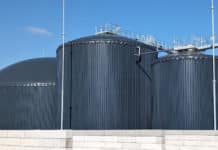



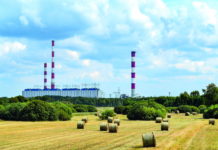

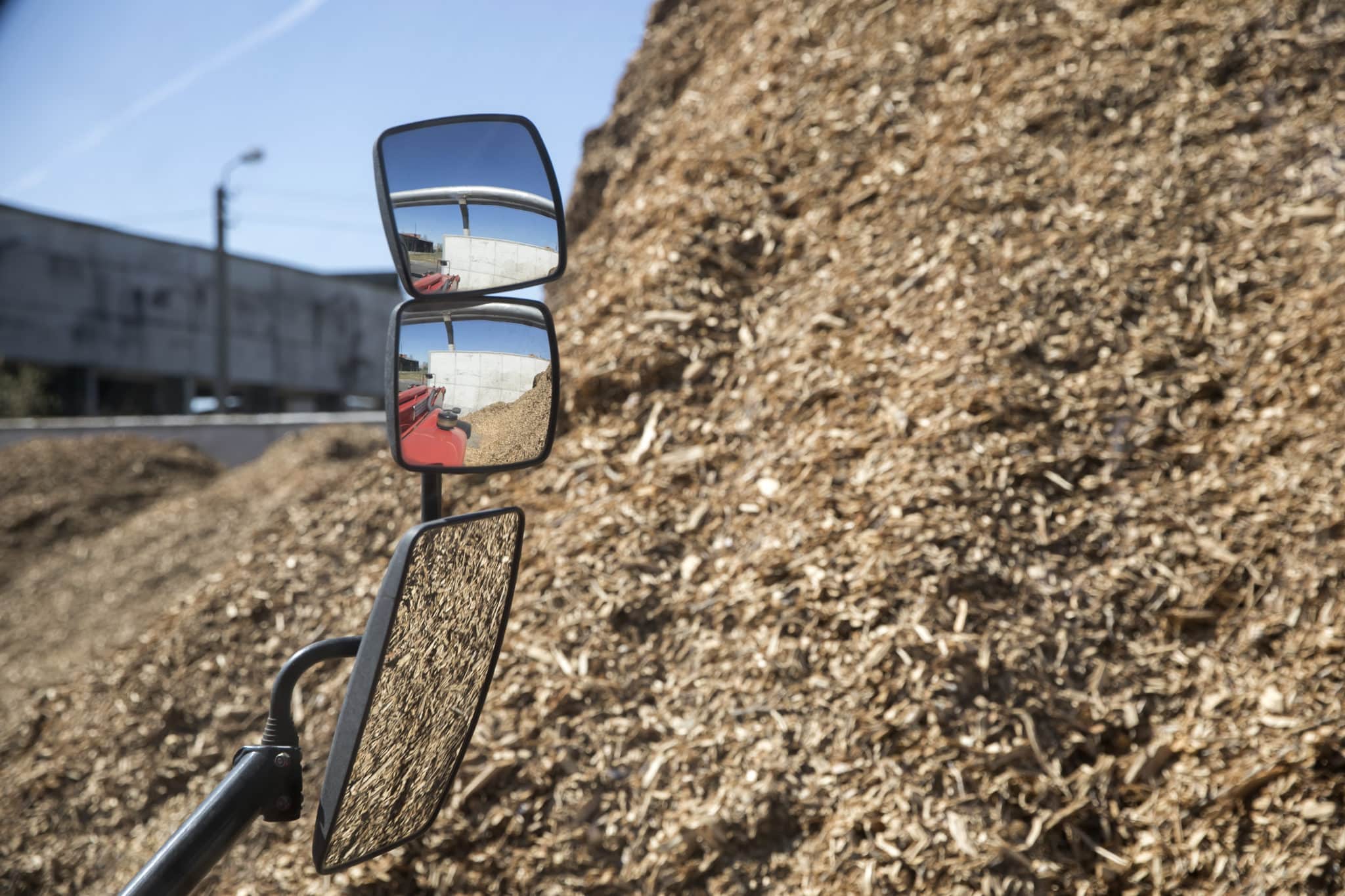

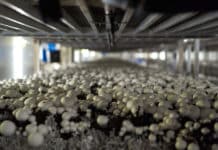
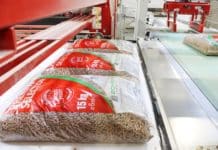


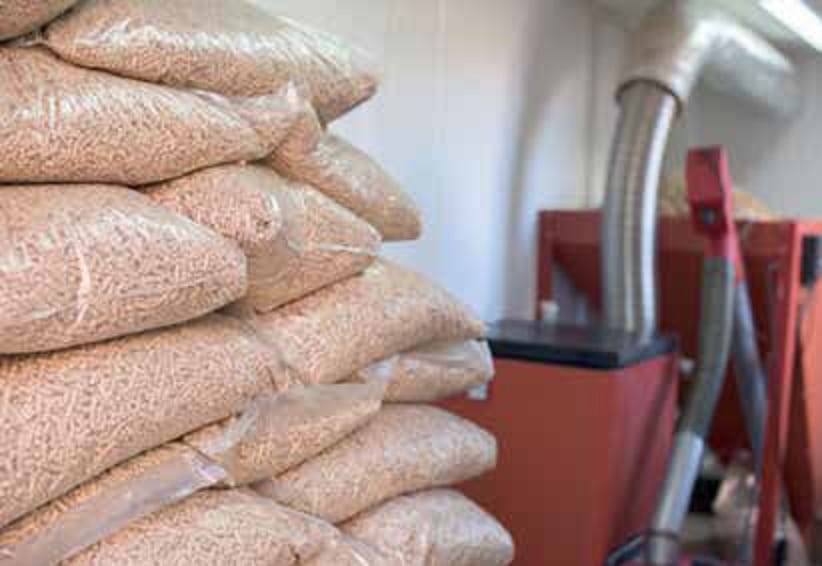





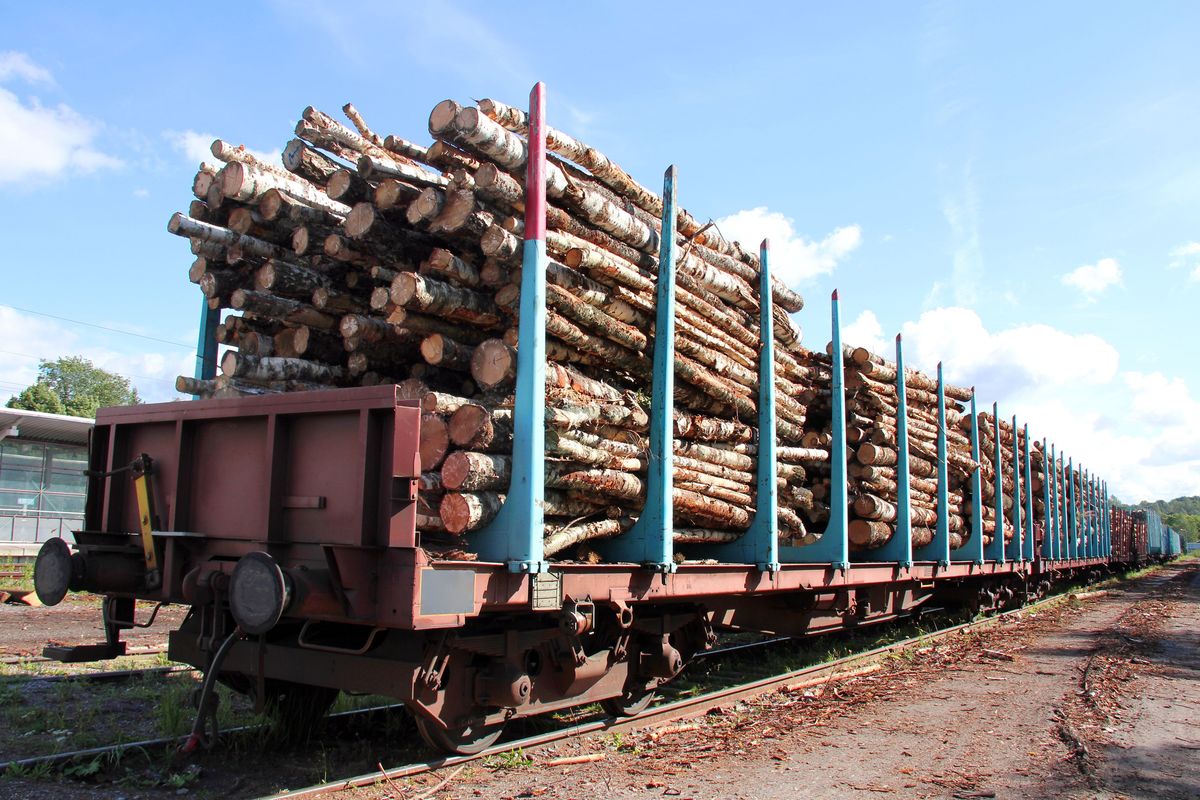

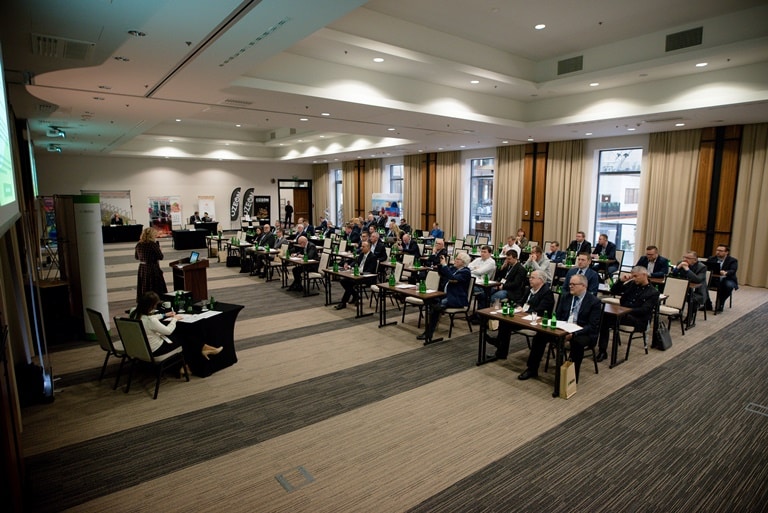




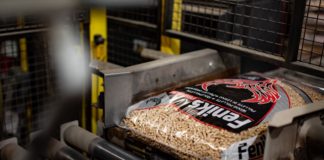







![Jak wygląda gospodarowanie odpadami w Wiedniu? [FOTORELACJA] gospodarowanie odpadami Saubermacher Wiedeń](https://magazynbiomasa.pl/wp-content/uploads/2024/04/saubermacher_gospodarowanie_odpadami-100x70.jpeg)






